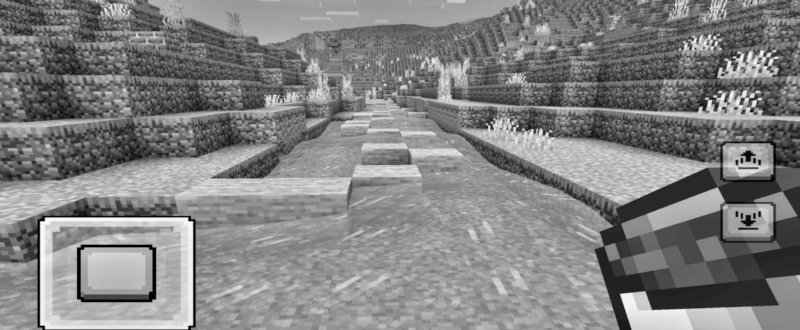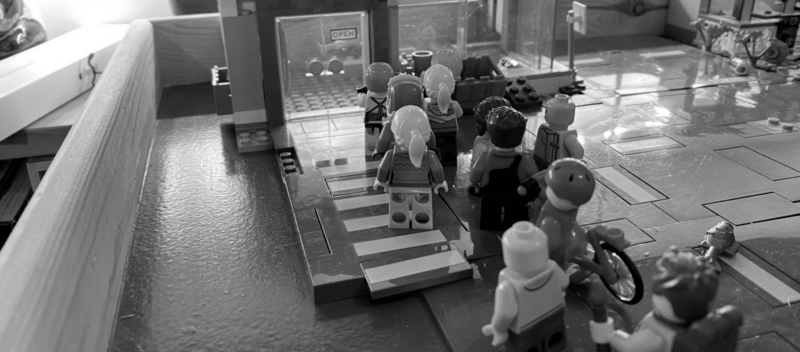We aim to help companies and organisations accelerate flow in product development and delivery! That sounds like a good approach, but what do we mean, and how can we measure improvements?
To help us understand and explain the main characteristics of a flow-based system, Scaled Agile Framework 6.0 (SAFe) has defined eight properties that drive the flow. Those properties are relatively easy to measure and can help us assess how well our system is balanced. When knowing our current state, we can use these properties to accelerate flow by for instance removing the main bottlenecks or creating an environment where knowledge workers can optimize their time “in the zone”.
What is the purpose of using the Scaled Agile Framework – SAFe – to drive a Lean-Agile transformation?
My purpose is to train and coach in building healthier organisations where happier employees deliver greater value to customers and end-users. Our solution to speed and flexibility is to focus on flow and work smarter, doing less things simultanously. Not work harder or more hours! To achieve this we must do the right things, at the right time and build them in the right way. We want to do that through fast learning. And to learn fast it is essential to accelerate our flow of learning. To make this happen we must also reserve time for reflection, improvements and innovation.
Make Value Flow without Interruptions
My favorite body of knowledge in SAFe is the ten principles. Those are my guide when coaching organizations and something I aim to stick to, no matter the context. In the recent update of SAFe (6.0), Principle #6 has been updated to a more distinct message – “Make Value Flow without Interruptions”. I like the update because it is now crystal clear that we must optimize flow rather than resource optimization. We make sure that all ongoing tasks are worked upon instead of making sure everyone has something to do all the time.

It is more important that the cars are moving than that our road (resource) is used to 100%
The Eight Flow Accelerators
The Eight Flow Accelerators are described in the “Make Value Flow without Interruptions”-article and then applied to five different contexts in the framework: Team, Art, Large Solution, Portfolio, and Value Stream Management. This gives us excellent guidance on leveraging The Flow Accelerators on different levels in the framework. First, let’s take a look at what they mean on a Team level.
#1 Team Work in Progress
Excessive Work in Process (WIP) decreases team productivity and impedes customer value flow. To best address this on a team level, we must make the current WIP visible and balance it against available capacity.
Another good approach from my experience is to focus the Daily Stand-Ups on the question, “Are all our started tasks moving?”. Instead of the traditional “What did I do Yesterday, what will I do tomorrow, and do I have any impediments?”. Using the first question, we focus on flow optimization rather than resource utilization.
#2 Address Team Bottlenecks
If we want to be faster or handle a delayed initiative, we should focus on removing bottlenecks rather than ordering overtime. To remove the bottlenecks, we need to find them. That should be done constantly through visualization, retrospectives, value stream mapping, and root cause analysis. When we have found them, we need to remove them, and SAFe 6.0 comes with several tips on solving the most common bottlenecks.

To find the bottlenecks we need to lower the surface (WIP) to see what blocks the flow.
#3 Minimize Team Handoffs and Dependencies
In agile, we want to build cross-functional teams with T-shaped individuals to optimize for flow. Therefore, we are not writing detailed role descriptions for exactly your responsibility. Instead, everyone in the team’s primary responsibility is to deliver the right thing in the right way. Constantly striving for self-going teams is probably the best way to optimize this flow property.
#4 Get Faster Team Feedback
Why do we stop the organization and run PI Planning with everyone involved for two or even three whole days? Sometimes we even fly in people from around the world. Isn’t that very expensive and inefficient? No, because interacting with all involved people simultaneously gives us immediate feedback to verify that we are building the right thing in the right way. That is much less expensive than delaying the feedback loop and risking building the wrong things in the wrong way.
We relentlessly use continuous integration and demos to verify the solution to ensure we get fast feedback on the solutions we are building. Of course, to keep demoing your solution every sprint requires perseverance, but it also requires that we stop writing status reports and start investing in our continuous delivery pipeline. After all, shouldn’t “solution deployed” and “up and running with production-like data” be part of the Definition of Done?
#5 Work in Smaller Team Batches
A large batch that takes twice the time to complete delays the feedback loop and delivery date many calendar days compared to a small batch. That’s one of the reasons we’d like to reduce our batch size. Another reason is that a large batch that takes twice the resources tends to prevent the flow much more than a small one.
Reducing batch size is usually one of the hardest things to do when working agile. It is possible, but it requires a team’s collective intelligence and lateral thinking. So how do we slice things without reducing the value and learning? One way to do this is to look for bottlenecks. For example, we want to reduce the lead time of the batch, not the amount of value or learning delivered. There are many techniques out there, and it is essential to invest time and people in slicing stories and features.
#6 Reduce Team Queue Lengths
No one likes queues, but what do we do about them? Build more lanes on the freeway, open up another cashier in the grocery store, or add more people to the team? If we leverage SAFe, it suggests that we make honest commitments that we believe in when planning and avoid taking on additional tasks before finishing our commitments. Another popular method is to remove one thing as soon as we add something else. Why not avoid having more than ten work items in the backlog and consign the others to an open inbox?

No one likes queues, but what do we do about them?
#7 Optimize Time in “The Team Zone”
One of the better ways to “unlock the intrinsic motivation of knowledge workers” is to ensure we have the prerequisites for optimizing ‘time in the zone.’ ‘Time in the zone’ is an “engaged mental state of extreme focus on an activity where the work feels effortless and time passes quickly.” So how do we get there? One way is to remove waiting time, hand-overs, and obstacles in the way of focused work on one specific activity. The SAFe framework guides us in how to measure time in the zone.
#8 Remediate Legacy Policies and Practices
Unlearning is extremely important to succeed in lean-agile transformations in larger organizations. We add new principles, methods, and roles. If we don’t consider removing some of our existing principles, methods, roles, and policies, it is unlikely that we will increase the speed of our value delivery. Even worse, some of the old policies and practices mutually conflict with the new and reduce transparency or fight the system while development is in process, slowing progress and creating internal friction. This inhibits flow.
Finally, we need to focus on unlearning. Our new lean-agile way of working allows us to remove things like steering groups, status reporting, detailed budgeting, and time reporting. To feel safe in removing legacy policies and practices, it’s necessary to go all in on the lean-agile way of working. If we don’t master the essential parts of lean-agile practices, we won’t succeed in getting high speed!!


